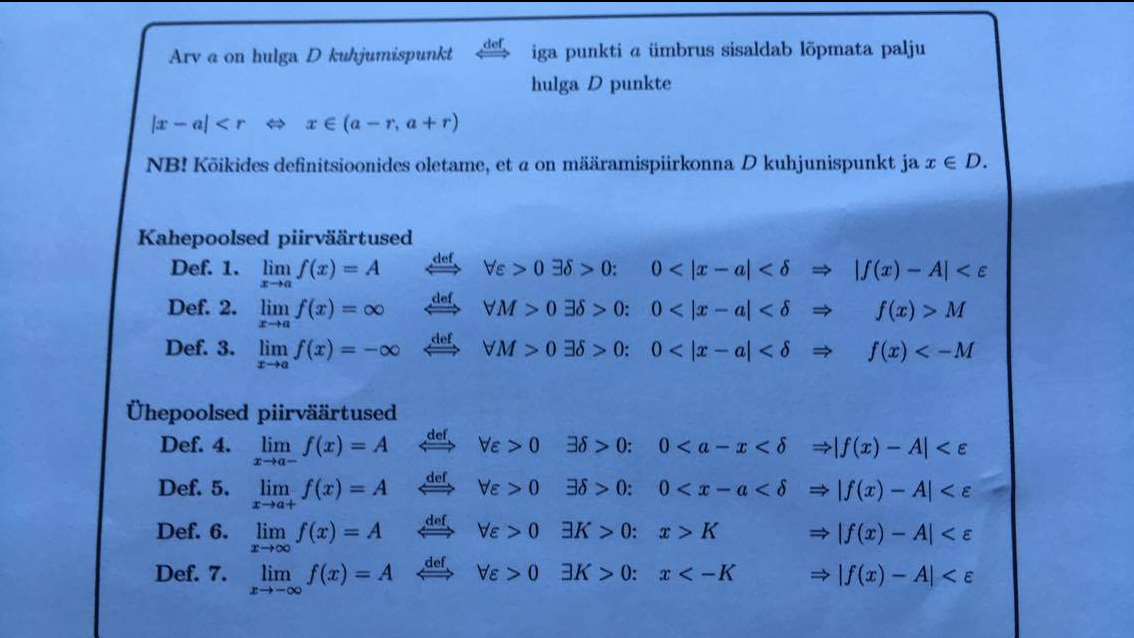Use the limit epsilon delta definition
- Thread starter Fiestar
- Start date
- Joined
- Apr 12, 2005
- Messages
- 11,339
⟺∣x−3∣<ϵ⋅33∣4x−13∣
How big can |4x-13| be? It is unlimited. However, if we agree to ignore things too far away, we can limit the response.
Let's decide that we really don't care about large δ. Maybe, δ=1 is as far as we care to consider. This gives us only x∈(2,4). Thus, what is max(|4x-1|) on (2,4)?
Edit: Second thought, maybe 1 is too big. Let's keep it to 0.2 and avoid the singularity at 3.25.
How big can |4x-13| be? It is unlimited. However, if we agree to ignore things too far away, we can limit the response.
Let's decide that we really don't care about large δ. Maybe, δ=1 is as far as we care to consider. This gives us only x∈(2,4). Thus, what is max(|4x-1|) on (2,4)?
Edit: Second thought, maybe 1 is too big. Let's keep it to 0.2 and avoid the singularity at 3.25.
Last edited:
I don't quite understand what u mean by your statement, could you elaborate?
and for those who wanted to see how far I got

A little more detail than tkhunny initially gave: First we don't have to show for all delta, just that there exists one. So, if we can show that if x is between 2.9 and 3.1 exclusive [EDIT: I didn't catch it at first either, just assumed an interval (2,4) was ok. So reading tkhunny's next post, I changed the interval.] If we knew the minimum, call it A, of |x-13| in that interval we could say
∣x−13x−3∣<33A∣x−3∣
thus
∣x−3∣<33Aϵ
That is not quite sufficient. Consider what delta you would choose if epsilon were very large, i.e. if epsilon were 3*106, the above would give a delta of approximately 106. If all we are going to do is restrict |x-3| to be less than 106 [or even 20], our function would become unbounded on that interval.
Last edited:


